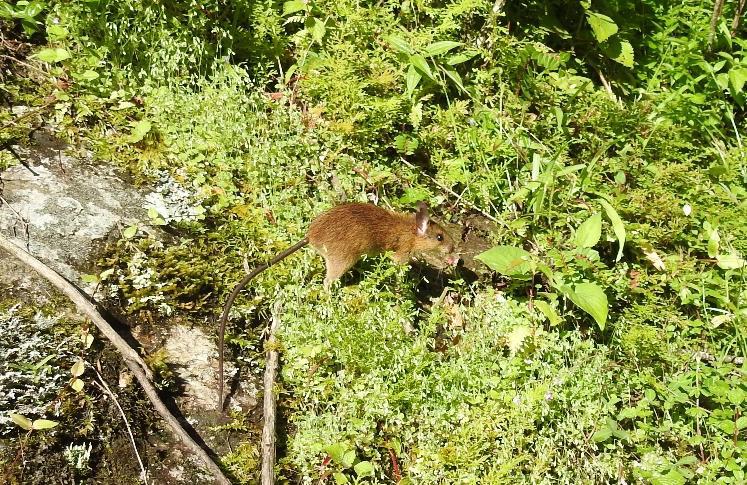Bikal Dahal
This project will achieve for the first time the detail status and habitat condition of the Himalayan field mouse in the ACAP area through rapid assessment. In addition, it will also assesses the perception local people towards this species and raise awareness to them for the conservation of the species.

Himalayan field mouse (Apodemus gurkha) is cited in Endangered B1 ab (iii) version 3.1 in Red List Category and Criteria (Moular et al). It is listed as Endangered in IUCN Red list because of its limited occupancy, which is less than 5,000 km². However, the species is not protected under the National Park and Wildlife Conservation Act, 2029 of Nepal. There is no information available on the population abundance of this species but its population trend is known to be decreasing. Although this is one of the two endemic mammals of Nepal, there are very few research and surveys conducted to find the status of Apodemus gurkha. Therefore, this project will be the pioneer project to find out and collect information regarding the species.
The major aim of the project is to find out the habitat and status of Himalayan Field mouse through rapid assessment. Besides this the project also aims to find the perception of people towards the species and aware the people for the conservation of species. The project will also try to address the running threats for the species.This project will be conducted in the southern belt of Annapurna Conservation Area Project (ACAP). The project will focus on mainly two district Lamjung and Kaski districts as well as cover up to Myagdi district.
To achieve the aim of the project different methods will be used including Key informant survey, Focus Group Discussion, habitat map Classification and Transect survey. All these methods will be used during the rapid assessment for the habitat and status analysis of the species. KII for assessing the first hand information on the species while habitat map classification for finding out the habitat of species in the local area. Transect survey is for inventory to find out the habitats and status of species.
Besides these awareness campaign will be done in the communities for the importance and conservation of the species for changing the opinion of the local people. Pamphlets for the conservation importance of the species and its information will be made and distributed in the local area. Similarly researcher will take the graphics poster with himself during the field visit for awareness during the FGD. Also if there are any schools in the sites nearby the researcher will conduct classes to the students for raising awareness among the school students in conservation of the species.